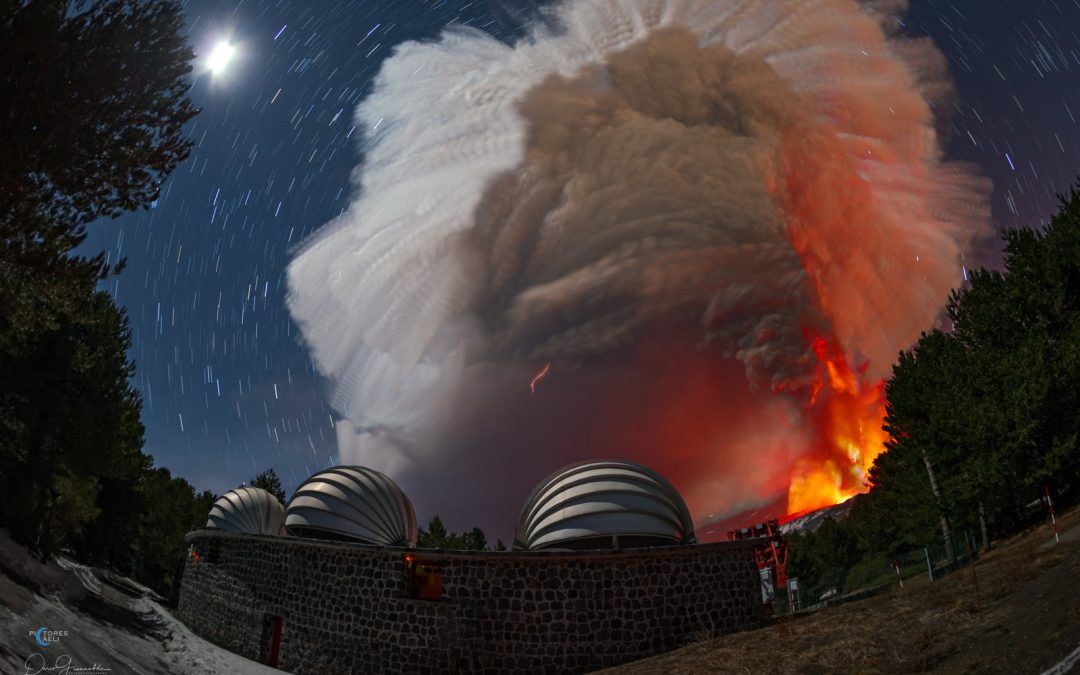Astrophotographer, lover of Etna and its eruptions. The website of the National Institute of Astrophysics Catania posts his latest venture and presents it as follows: “Spectacular, taken at our observatory station in Serra La Nave on the night of 10 February”.
The author is Dario Giannobile, 46 years old, an engineer from Syracuse who has won several awards for his photographs. He has also been noticed by NASA and the Greenwich Observatory, which organizes the world’s most prestigious astrophotography competition.
Last night’s image is so beautiful that it seems impossible.
Laughter on the other end of the line: “That’s also why I always write down how the photos were taken. It’s a fundamental concept, the basis of the scientific method. You’re in a position to take the same shot again”.
More unique than rare on social media, you explain the ‘recipe’. However, repeating a photo like that seems difficult.
“I was there because of a particular star that is difficult to see at our latitudes, it appears on the horizon and then disappears, the second brightest after Sirius, called Canopus. The sky was very clear, that was the mission”.
Instead…
“I was with a friend, we photographed the star. Then the puffs of the volcano started, and they became continuous from intermittent. Then we moved to another area. There were a lot of people. I already knew that place, the observatories of Serra La Nave. We left the car a little way off and arrived in front of the three domes. There we assisted at the entire paroxysm. A continuous fountain of lava, which gradually increased in size.
What title would you give to this beautiful image?
“The character of the picture is the extreme drama of the scene, contrasting the force of nature on the one hand and the gentle effect of cloud and sky on the other. I would play on this contrast. I shot it with an extreme lens, capable of embracing half of the sky”.
You conquered Inaf Catania.
“On Mount Etna, I took several shots. In 2019, one was chosen as the astronomical photograph of the day by Nasa. Last year, a photograph of the Moon above the South Crater came second in the landscape category in the competition organised by Greenwich Observatory”.
Not bad, the most prestigious in the world. What did it represent?
“It was a crescent moon, very close to Aldebaran, the main star of Taurus. It was taken over Etna, where in the meantime two lenticular clouds had formed, which an eruption on the other side was illuminating with reddish glows”.
When one looks at your photos one thinks: how beautiful Sicily is!
“I try to tell the story of my land. A way of giving something back. You can go to the place, steal the photo. But a picture has to be told, it has to transmit emotions, allow people to enter into the shot. The concept on which I focus a lot is to make people understand that the beauty of the Earth is a common resource for everyone. Like the sky, which has no economic or geographical boundaries.
Article by RITA BARTOLOMEI
Copyright: quotidiano.net
Translated with www.DeepL.com/Translator
